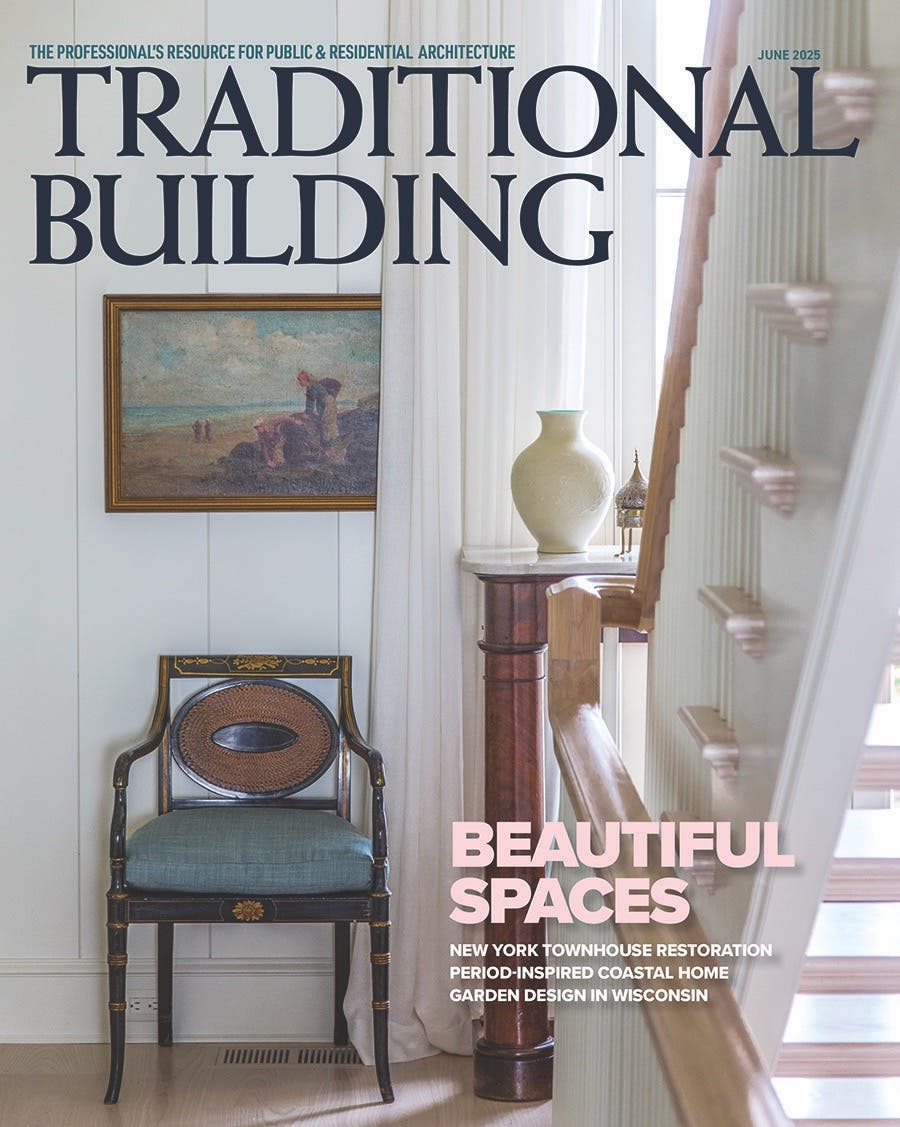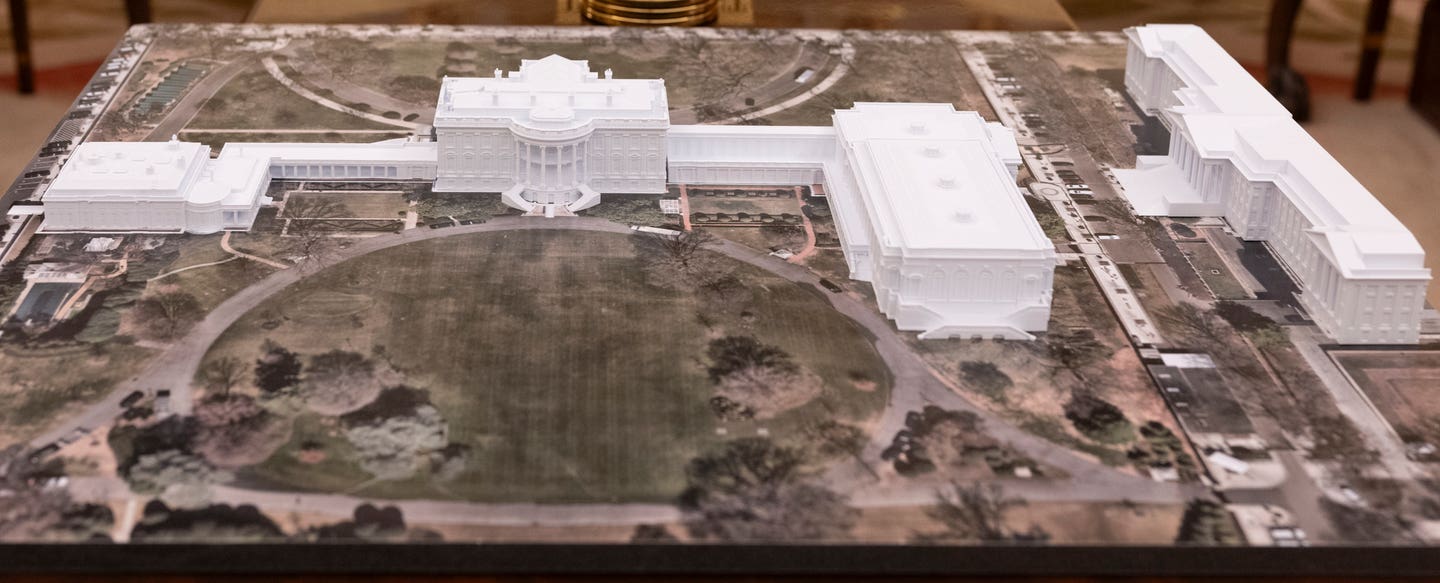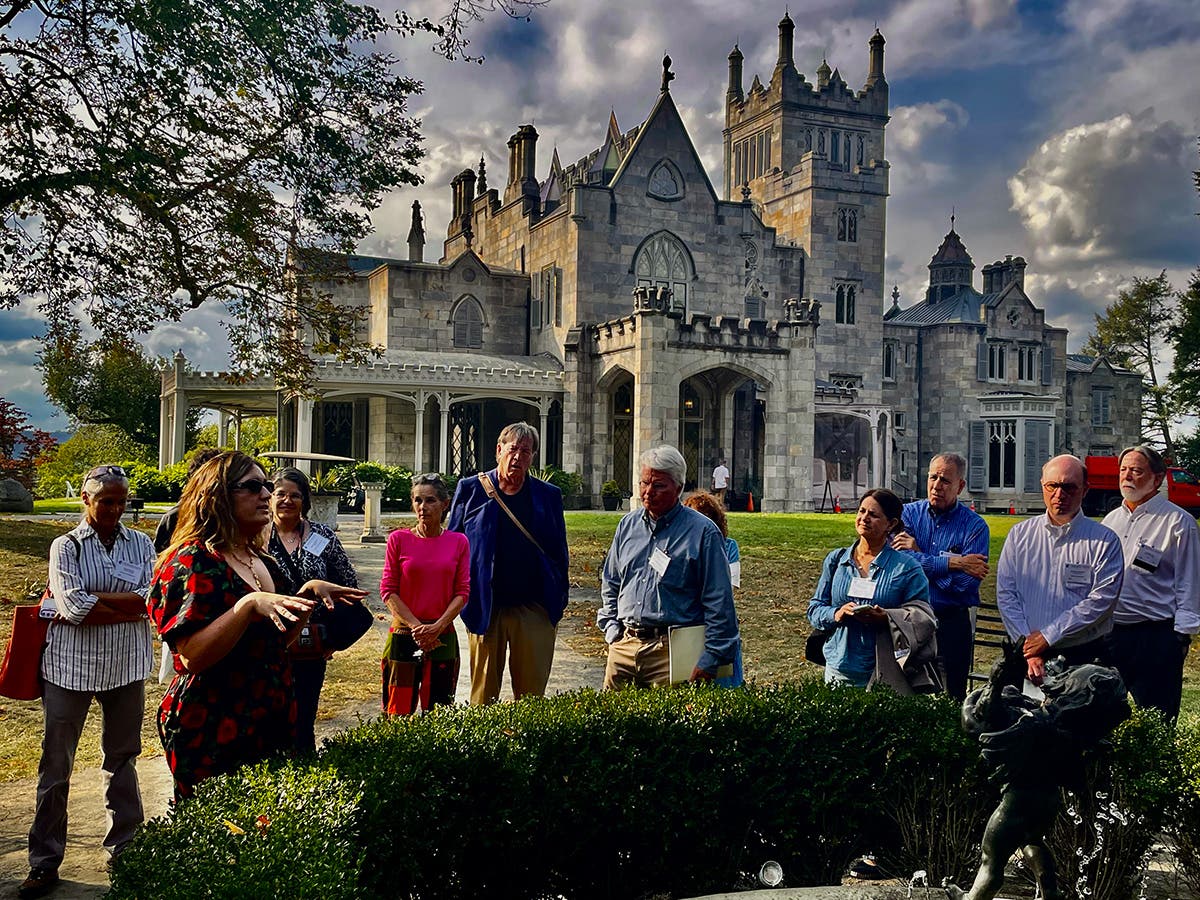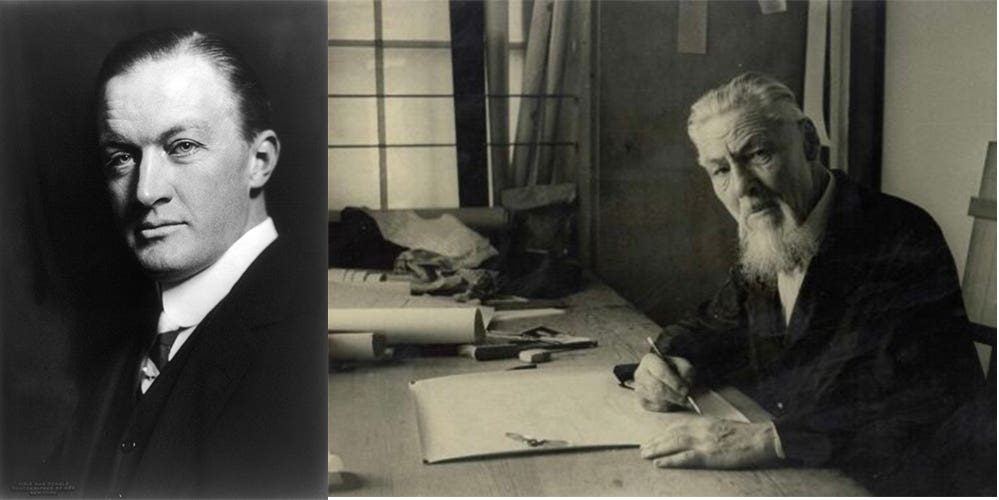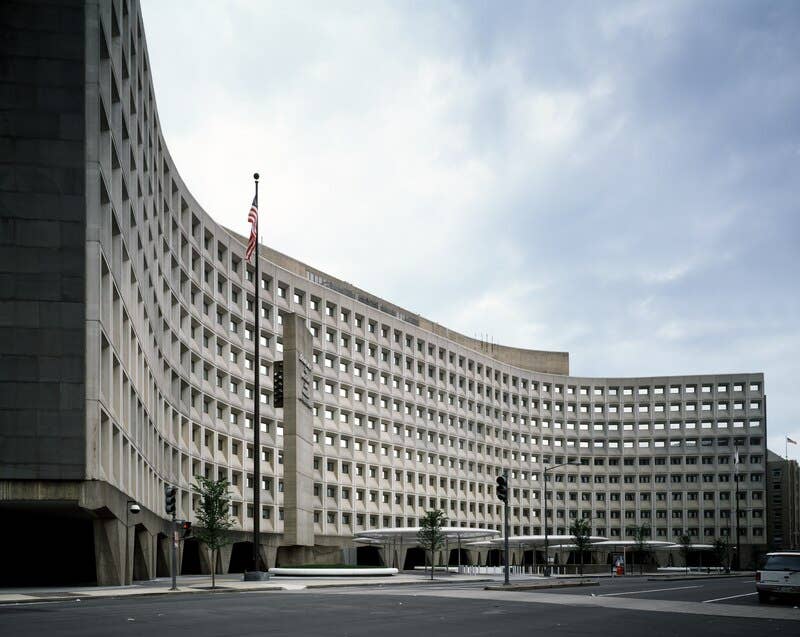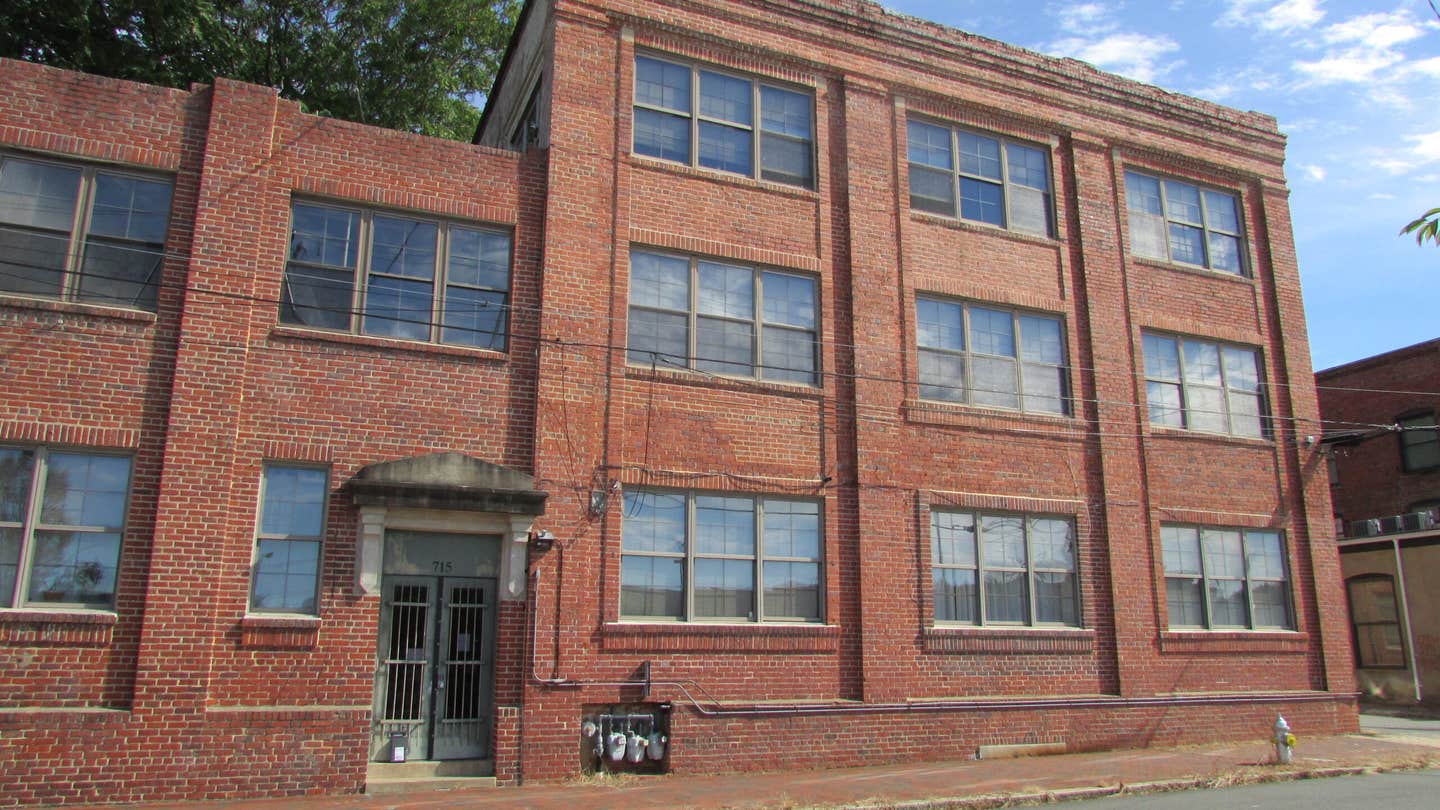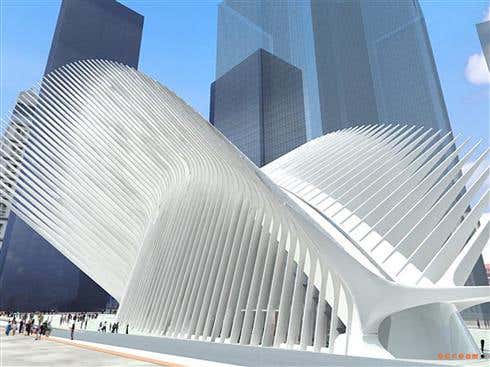
Clem Labine
Getting Stuck with Starchitecture’s Bill
Opponents of Traditional and Classical architecture assert such buildings are too expensive to construct today. Thus it’s ironic that “scientific” Modernism has just produced two of the most costly and over-budget structures in living memory. Worse, the cost overruns for these boondoggles are being paid for not by deep-pocketed billionaires but by the general public.
The two scandalous buildings are both part of the World Trade Center reconstruction in lower Manhattan: The Transit Hub and the One World Trade Center tower. Together, these two structures are costing a staggering $8 billion – almost $4 billion more than original estimates. On the hook for most of the cost over-runs is the Port Authority of New York and New Jersey. To raise funds, the Port Authority is hiking tolls on its bridges and tunnels by 56% between 2011 and 2015. So, in effect, motorists in the metropolitan area are stuck with the bill for these two megalomaniacal starchitecture projects.
The primary fault does not lie with the starchitects involved, however. Rather, the blame lies with the political leaders of New York State and New York City. They are infected with Modernist ideology which decrees that every new structure MUST be excitingly different – something that will grab headlines. The inevitable outcome of this endless pursuit of novelty is that every new building is an experiment – with predictable costly surprises. The starchitects at the World Trade Center were merely delivering what the deluded clients asked for. A cynic might say that the politicians’ priority was building monuments to their egos since they knew the public would pay the bill – no matter how high the cost.
The Calatrava Calamity
By selecting Santiago Calatrava to design the Transit Hub, the political czars had to be certain of two things: (1) Calatrava would give them a visually dramatic building; (2) The building would be difficult – and expensive – to construct. By this point in his career, Calatrava is notorious for buildings that are extremely costly to build and maintain.
Primary users of the Transit Hub are 46,000 daily New Jersey train commuters. (By comparison, the bedraggled Port Authority Bus Terminal in mid-Manhattan handles close to 180,000 passengers per day.) Even though the number of daily users of the Transit Hub is small, former NY Gov. Pataki had declared he wanted an “icon” (as does every cultural institution these days).
So, for a mere $4 billion, New York has its “icon” – although even at this humongous number, the design had to be considerably simplified from Calatrava’s original conception. Of course, from the politicians’ standpoint, the best part is that the bulk of this enormous cost is on the budget of the Port Authority – not the city or the state.
Towering Cost Overruns
The other $4 billion project – adjacent to the Transit Hub – is the combination office tower and fortified bunker that’s now called One World Trade Center. Starchitect Daniel Liebskind’s master plan for the site called for a “Freedom Tower” that would be a patriotic 1,776 ft. high. Many aspects of Liebskind’s tower proposal proved too expensive and impractical (surprise!) – even for the grandiose thinking that was abroad at the time.
Architect David Childs, chairman emeritus of Skidmore, Owings & Merrill was called in to create a more economical version of Liebskind’s “Freedom Tower.” And because the political decision had been made that the tower (like the Transit Hub) was to be an “icon” and statement of the city’s resilience – it was also feared that the building could become a future terrorist target. Hence, security precautions and hardening of the tower became a primary cause of the price tag soaring to $4 billion.
We can hold endless debates over the architectural merits of these two structures. But that misses the point. The real question should be: Has the striving for headline-grabbing novelty in publicly funded buildings gone too far? With all the under-funded transit needs in the New York-New Jersey area, were these two structures the best way to spend $8 billion?
Just remember: The next time you pay $14 to use the George Washington Bridge - or other Port Authority bridges and tunnels - you're being required to help pay for those $4 billion in cost overruns.
Clem Labine is the founder of Old-House Journal, Clem Labine’s Traditional Building, and Clem Labine’s Period Homes. His interest in preservation stemmed from his purchase and restoration of an 1883 brownstone in the Park Slope section of Brooklyn, NY.
Labine has received numerous awards, including awards from The Preservation League of New York State, the Arthur Ross Award from Classical America and The Harley J. McKee Award from the Association for Preservation Technology (APT). He has also received awards from such organizations as The National Trust for Historic Preservation, The Victorian Society, New York State Historic Preservation Office, The Brooklyn Brownstone Conference, The Municipal Art Society, and the Historic House Association. He was a founding board member of the Institute of Classical Architecture and served in an active capacity on the board until 2005, when he moved to board emeritus status. A chemical engineer from Yale, Labine held a variety of editorial and marketing positions at McGraw-Hill before leaving in 1972 to pursue his interest in preservation.


